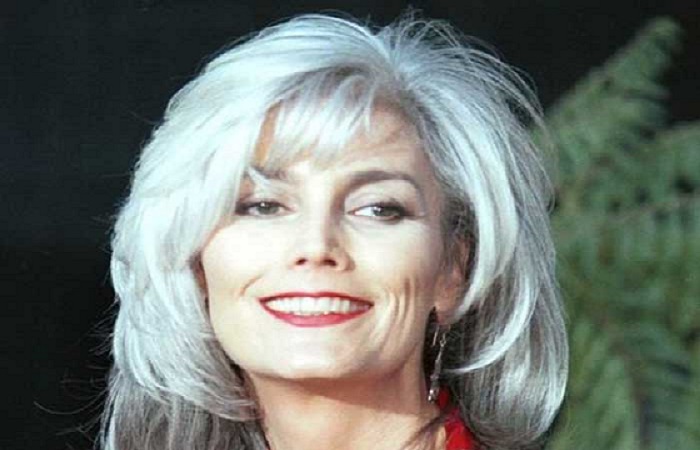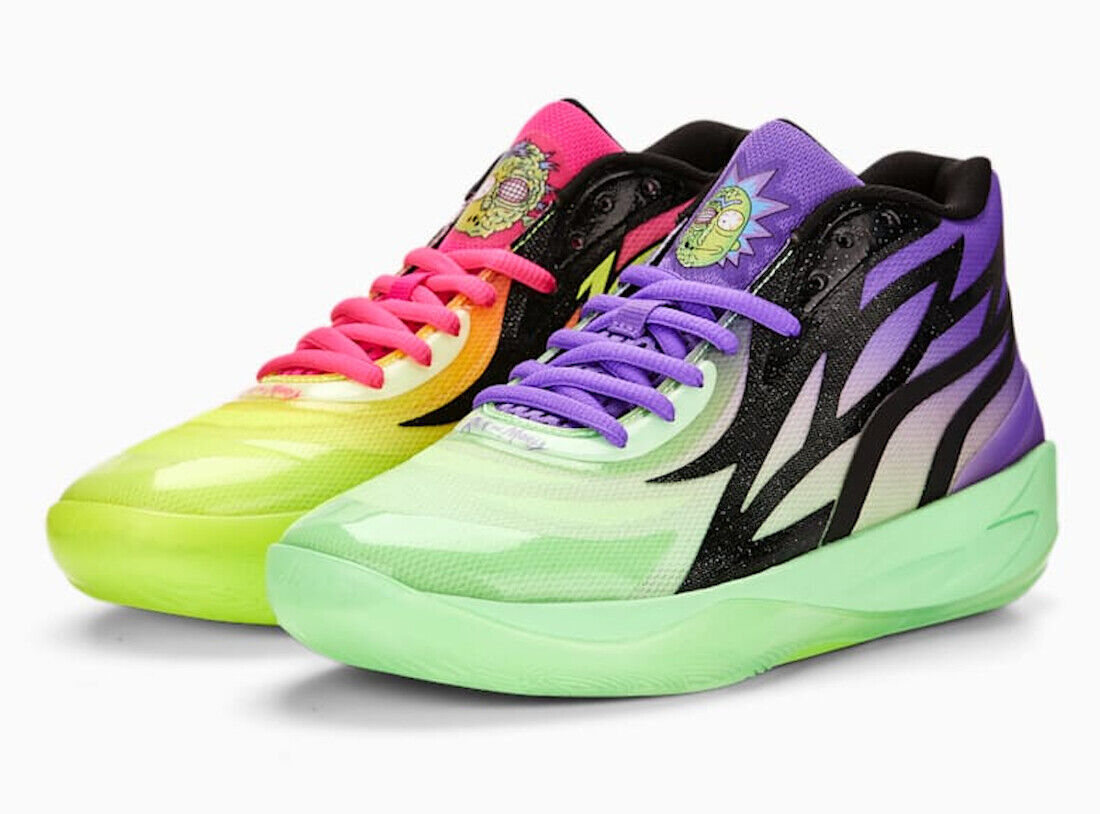If you are over sixty and wearing the same hairstyle you wore in your twenties, it is time to consider a new one. As you age, your facial contours change, even if you have plastic surgery or other procedures. Most women gain weight, and that, too, makes a difference. Hair generally thins a bit after menopause and may develop a different texture as gray hair comes in. Consider all these changes when choosing a hairstyle. Go to a reputable salon that caters to older women and ask for advice before you make changes. Be sure the changes suit you and your lifestyle.
Color
For years, women started coloring their hair at the first sign of gray. Influences from the feminist movement, however, carried over into fashion, and women who refused to give up pantsuits or change their hemlines every year began to feel comfortable letting their hair go gray. There is nothing wrong with coloring your hair, but it is a choice.
Skin tones change as we age, and a lighter hair color is more flattering. If you opt for color, avoid black, dark brown or deep red, even if your hair was originally one of those colors as they often appear harsh on older women. Get professional advice when selecting a color, even if you plan to do the actual work at home. Going lighter does not necessarily mean blonde. A light brown with red or gold highlights may be more flattering. Try on wigs to get an idea of what suits you best; you might be surprised.
Cut and Style
After sixty, it is a good idea to avoid extremes in hair styles. Long, gray hair is not becoming to older women, even when pulled back into a ponytail or bun. Equally unflattering to some older women is hair that is cut so short that it exposes rounded shoulders or a dowager’s hump as well as neck and jaw line issues. If you have those problems, a medium-length haircut that ends just below the jaw line is often the best bet. The bottom should be stacked, or beveled, so that it has fullness and does not lie flat. Some women can wear their hair longer, but it should never be longer than shoulder length when styled.
Trying on wigs is a good way to get an idea of what works for you. Always take a good look at the side view. From the front, hairstyles for older women should be soft, with a little fullness to make facial wrinkles less obvious. Styles that are too straight and severe call attention to flaws. Asymmetrical bangs flatter most faces and hide a lined forehead.
Proportion is as important in hairstyles as it is in accessories. Tall or large women need hairstyles that are proportionate to their body sizes. As a rule, large women of any age should avoid very short, cropped hairstyles. They offer no balance to your shoulders and hips and can make your head look too small for your body. Instead, choose a longer length with all-over fullness to achieve a well balanced look. Consider a good hair cut an investment. Young women may get by with cheap cuts, but after sixty, you need a good hair stylist who understands the particular needs of the older woman.









